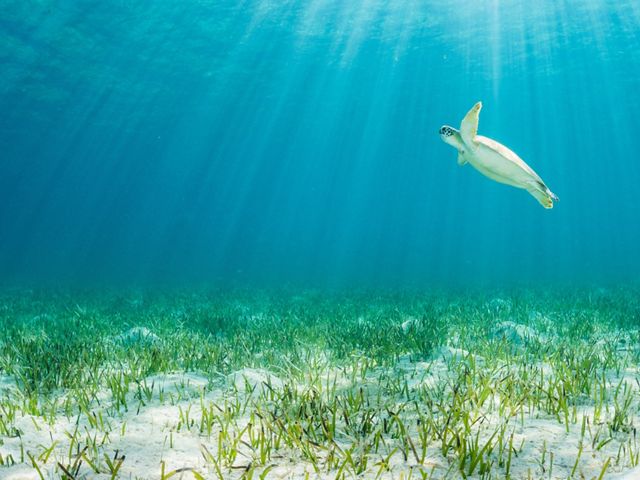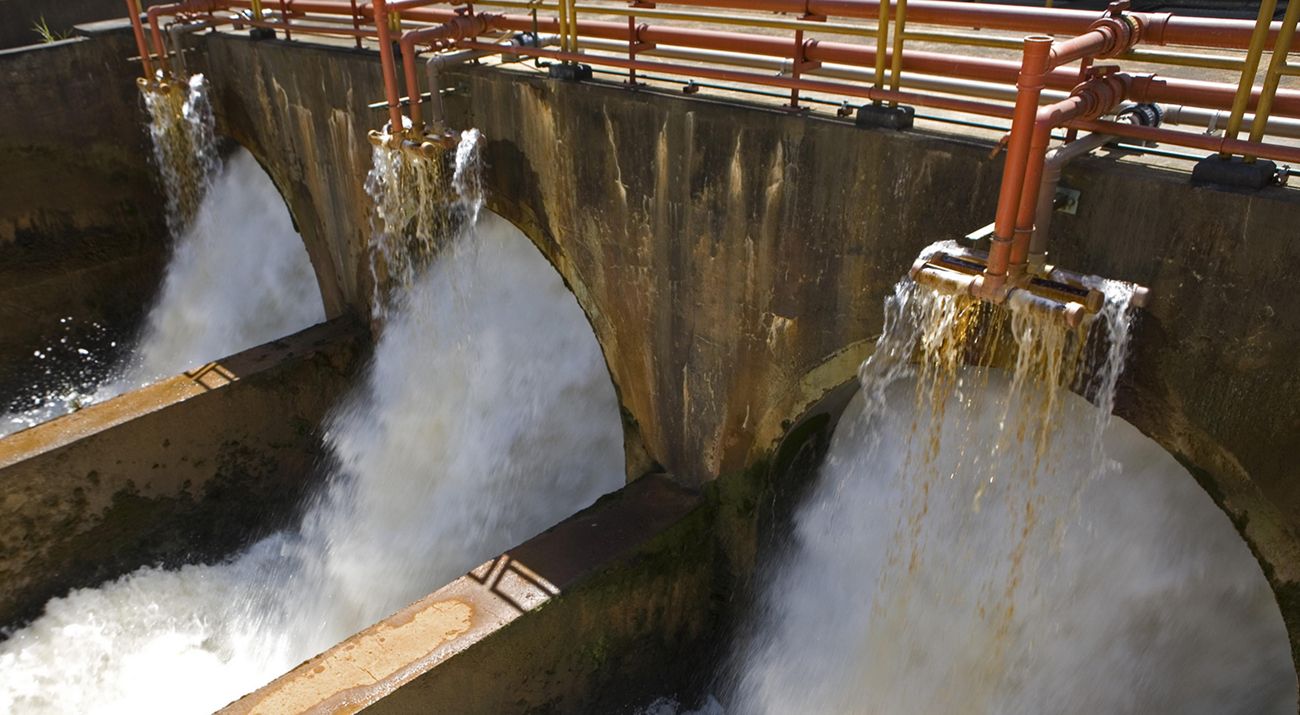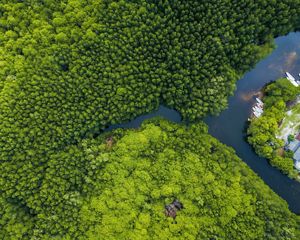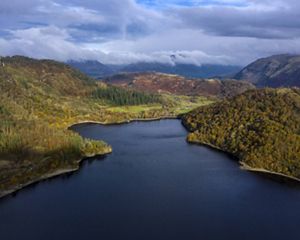Flush it and Forget it? Three Things to Know About Sewage Pollution
New study reveals how sewage pollution is impacting terrestrial, freshwater, and marine environments around the world—and how we can fix it.
By Stephanie Wear, Former Senior Scientist and Strategy Advisor
A “flush it and forget it” mindset in the developed world coupled with a growing sanitation crisis where 4.5 billion people live without safe sanitation is polluting terrestrial, freshwater and marine environments on a global scale and driving additional health, food security and economic impacts among the world’s most vulnerable communities.
The WASH (water, sanitation, and hygiene) sector has long been working to address this crisis, but as a new study shows, the conservation community must engage more fully to rethink how we manage waste to protect the environment and the people who depend on it.
Read the study
Sewage pollution, declining ecosystem health, and cross-sector collaboration
Read moreSolving the sewage pollution crisis will deliver significant benefits to both people and nature. It will minimize health risks, preserve fisheries and ecosystems, combat disease and suffering, offer employment opportunities, and contribute to the stability, sustainability, and dignity of local communities.
1. How is sewage impacting the environment?
While sewage pollution presents a threat to biodiversity in all ecological realms, the ocean bears the brunt of the damage. Around the world, our coastal ecosystems have become dumping grounds for sewage and nutrients like phosphorus and nitrogen, resulting in coastal erosion, loss of habitat, dead zones and other impacts. This study shows that almost 31 percent of the world’s marshes are heavily polluted (pictured). And, areas of the ocean that are home to significant percentages of the world’s coral reefs, like the Western Indo-Pacific, are also experiencing very high levels of pollution (see map below).
But even moderate pollution can be problematic to fragile coral reef systems, which are already threatened by rising temperatures, over-fishing and ocean acidification. Sewage pollution is also driving the loss of seagrass beds, which are some of the most productive ocean habitats and can be found throughout the ocean from pole to pole.

2. How can we solve the sewage pollution crisis?
While the threats to the environment are significant, there are already solutions that could be transformational—but we have to change the way we look at waste and shift the paradigm that has driven our “flush it and forget it” culture. Instead of polluting the environment with our excrement, we must begin to consider it as a resource that can be used as fertilizer to grow crops, as fuel and electricity to power our lives, and yes, even drinking water (we can clean waste water enough to fully recycle it). Efforts to address sewage pollution in places like Long Island Sound and Boston Harbor have successfully helped to reduce the size and duration of dead zones, proving that this crisis is solvable.
Collaboration is also key. As a global crisis, no single sector or interest group can solve it alone. Working together, partners from multiple sectors, including conservation, public health, public utilities and regulators can generate the synergistic expertise needed to solve this challenge, address root causes and help meet international goals for both conservation and human development, like the Sustainable Development Goals set by the United Nations around water, health and natural resources. With cross-sector partnership, the opportunities are virtually limitless.
Quote
We have to change the way we look at waste and shift the paradigm that has driven our “flush it and forget it” culture.

3. Can nature be part of the solution?
Yes. Just as nature is heavily impacted by sewage pollution, it can also be part of the solution. A TNC project on Long Island, New York shows how constructed wetlands can create critically important habitat and treat wastewater to improve water quality. At the Uplands Farm Preserve, a wetland nitrogen reducing septic system uses wetland plant beds, gravel and woodchips to naturally filter wastewater before it flows back into surrounding aquafer.
Conservationists have a role to play, too, as addressing the negative impacts of wastewater pollution can support other conservation goals, especially when it comes to aquatic systems where good water quality is foundational to conservation success. This paper is a call to action for conservationists around the world to deeply examine how sewage pollution is impacting the places they seek to protect and begin to address it.
Related reading:
- Battling A Common Enemy: Joining Forces in Fight Against Sewage Pollution
- Missing the Boat: Critical Threats to Coral Reefs are Neglected at Global Scale
- Sewage Pollution: Mitigation is key for coral reef stewardship
Global Insights
Check out our latest thinking and real-world solutions to some of the most complex challenges facing people and the planet today.



